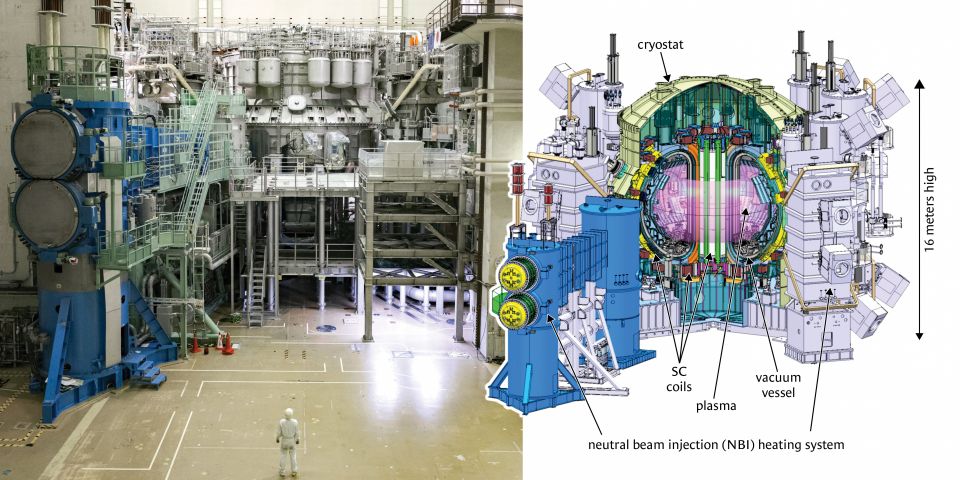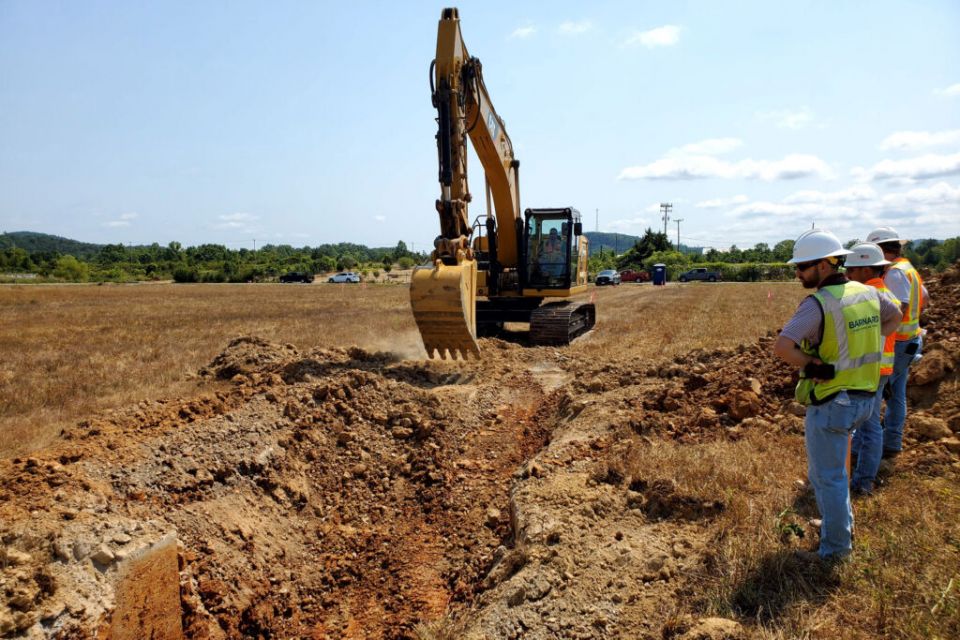Rethinking how we structure federal R&D programs in nuclear energy

At the American Nuclear Society’s 2023 Winter Meeting in November, a panel of experts will provide insights and opinions on the funding of nuclear energy research in the United States. The executive session “Rethinking How We Structure Federal R&D Programs in Nuclear Energy” will feature the University of Michigan’s Todd Allen, Aditi Verma, and Sola Talabi, and Idaho National Laboratory’s Jess Gehin.
The goal: The session’s panelists aim to discuss a set of proposed basic principles under which nuclear energy research, development, demonstration, and deployment (RDD&D) programs could be structured. Allen said, “The panel’s intentions in discussing how RDD&D programs are structured are to open a national conversation about how we spend funds in the goal of advancing the possibilities for the use of nuclear energy.” To stimulate the discussion, Allen, Verma, and Talabi wrote a piece titled “Young Carla: A Prequel to ‘A Step-by-Step Guide to Nuclear Innovation Policy,’ which is a follow-up to the 2016 Third Way piece with that title. The Step-by-Step Guide introduced Carla, a fictitious graduate nuclear engineer with an idea for a new type of nuclear energy technology and explained how well-crafted policies could improve government partnerships to assist Carla in taking her idea to commercial demonstration. Many of the ideas proposed in the Third Way piece are now reality in programs such as the Gateway for the Acceleration of Innovation in Nuclear (GAIN), the Nuclear Reactor Innovation Center (NRIC), and the Advanced Reactor Demonstration Program (ARDP).
Seven years later, Allen, Verma, and Talabi are asking follow-on questions: How far have we come in establishing an environment that would create and support a young innovator like Carla? Do we have a set of operating principles that drives innovation and deployment of new ideas, or that supports the emergence and professional advancement of many Carlas? To round out the panel, the three University of Michigan researchers have asked Gehin, a senior R&D leader at the nation’s leading nuclear energy laboratory, to join them in this conversation.
An open conversation: The session organizers encourage people across the nation to write their own short pieces about what is needed in a national nuclear energy research program structure. ANS has created a special collection for this conversation with its new publication, Nuclear Science and Technology Open Research (NSTOR). Launched earlier this year, NSTOR is a multidisciplinary, rapid-publication open access publishing platform for scientific and applied research in the nuclear field.
Allen said, “The session is meant to coincide with an open collection on ANS’s new NSTOR platform to allow interested parties to submit their thoughts in essays or opinion articles; research studies are also welcome. The ultimate goal is to stimulate public discussion that inspires new approaches to innovation that not only accelerate the implementation of a second commercial generation of nuclear energy products, but also drive a third, fourth, and subsequent generations of improvements.”
Carla, revisited: Like Luke Skywalker in Star Wars, Carla has a prequel. When this character was introduced, the assumption was that she had developed an idea and was ready to move toward commercialization. But how can we create an environment in which more people want to be—and are able to be—like Carla? The discussion is open now on NSTOR and will continue at the ANS Winter Meeting in November.





